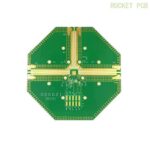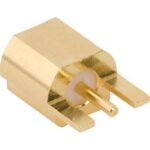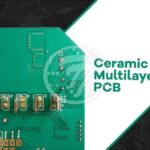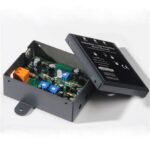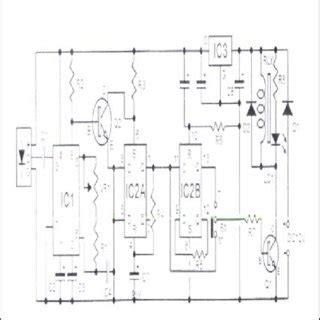
ALL ABOUT FLEX PCB
-
 Read more: Infrared Receiver Circuits: The Design, Working Principle, and Applications
Read more: Infrared Receiver Circuits: The Design, Working Principle, and ApplicationsIntroduction to Infrared Receiver Circuits Infrared (IR) receiver circuits are essential components in various electronic devices, enabling them to detect and process infrared signals for communication and control purposes. These circuits play a crucial role in remote control systems, wireless data transmission, and sensor applications. In this comprehensive article, we […]
-
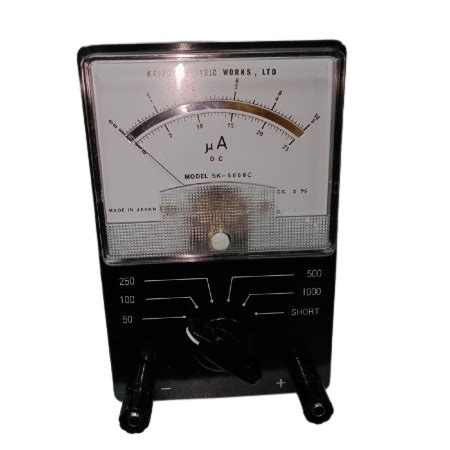 Read more: Micro Ampere Meter: Basics and Its Circuit Diagram
Read more: Micro Ampere Meter: Basics and Its Circuit DiagramIntroduction to Micro Ampere Meter A micro ampere meter, also known as a microammeter, is an electrical measuring instrument designed to measure very small electric currents, typically in the range of microamperes (μA). It is a highly sensitive device that finds applications in various fields, such as electronics, research, and […]
-
MCP3008 Pinout: How to use this ADC Converter
Posted by
–
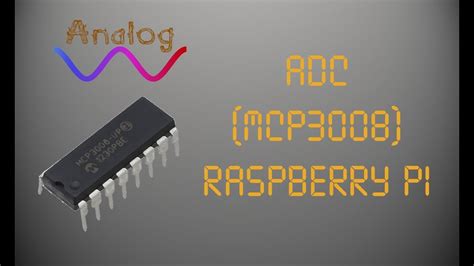 Read more: MCP3008 Pinout: How to use this ADC Converter
Read more: MCP3008 Pinout: How to use this ADC ConverterMCP3008 Overview and Key Specifications The MCP3008 is a successive approximation ADC that provides 10-bit resolution, 8 input channels, and SPI serial interface. It operates from a single 2.7V to 5.5V supply. Key features and specifications include: 10-bit resolution 8 single-ended input channels Programmable on-chip low-pass filter SPI serial interface […]
-
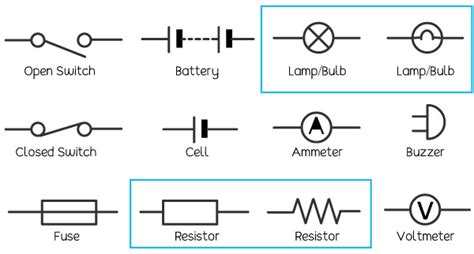 Read more: 15 Basic Components of The Electronic Circuit Board Used
Read more: 15 Basic Components of The Electronic Circuit Board UsedIntroduction to Circuit Components Electronic circuit boards are the backbone of modern technology, powering everything from smartphones to space shuttles. These complex assemblies are made up of various components that work together to perform specific functions. In this article, we will explore 15 basic components commonly found on electronic circuit […]
-
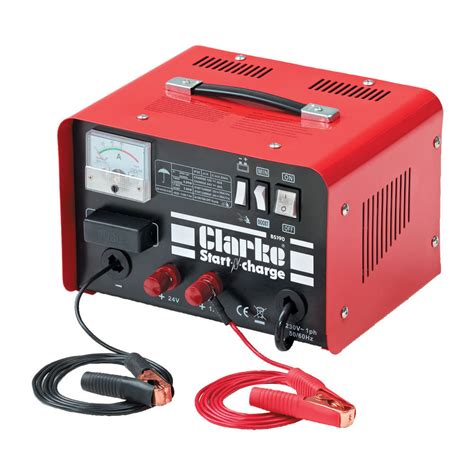 Read more: NiCd Battery Charger Circuit: How to Use Them for Simple Projects
Read more: NiCd Battery Charger Circuit: How to Use Them for Simple ProjectsUnderstanding NiCd Batteries NiCd batteries are rechargeable batteries that consist of nickel oxide hydroxide and metallic cadmium as electrodes. They have a nominal voltage of 1.2V per cell and are available in various sizes, such as AA, AAA, C, and D. NiCd batteries have a high energy density, which means […]
-
CDI: A Great System for Ignition Applications
Posted by
–
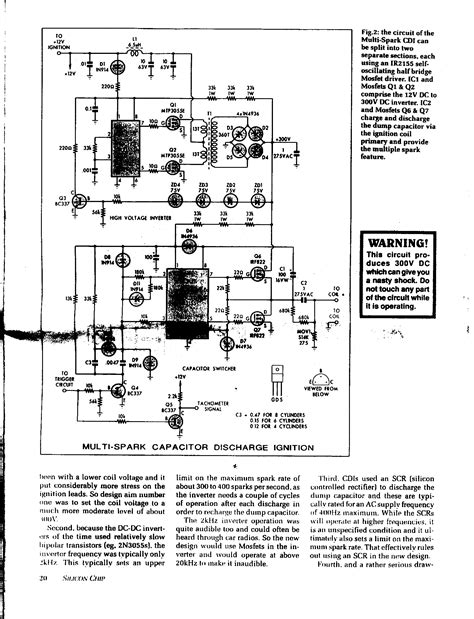 Read more: CDI: A Great System for Ignition Applications
Read more: CDI: A Great System for Ignition ApplicationsWhat is a CDI Ignition System? A Capacitor Discharge Ignition (CDI) system is an electronic ignition system that uses capacitors to store electrical energy which is then rapidly discharged to fire the spark plugs in an internal combustion engine. CDI systems offer several advantages over traditional points-type ignition systems, including […]
-
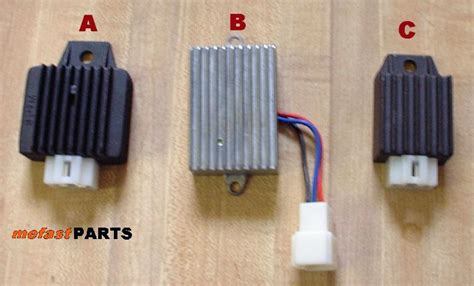 Read more: Motorcycle Voltage Regulator – How to Inspect and Repair the Device
Read more: Motorcycle Voltage Regulator – How to Inspect and Repair the DeviceWhat is a Motorcycle Voltage Regulator? A motorcycle voltage regulator is a crucial component of your bike’s electrical system. Its primary function is to regulate the voltage generated by the alternator or stator, ensuring that the battery receives a consistent and safe level of voltage. Without a properly functioning voltage […]
-
What is Soldermask (SM)?
Posted by
–
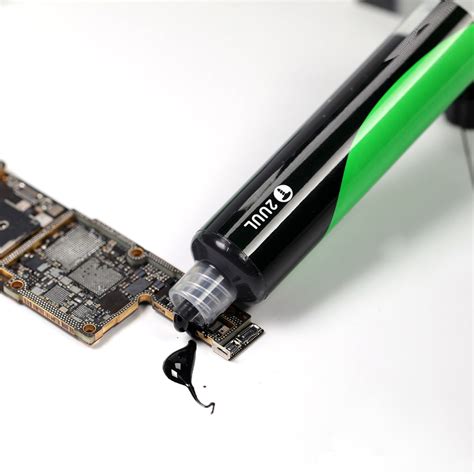 Read more: What is Soldermask (SM)?
Read more: What is Soldermask (SM)?Purpose and Function of Soldermask The main functions of soldermask are: Solder resist: Prevents solder from adhering to areas of the PCB where it is not intended, thus preventing short circuits. Protection: Shields the copper traces from oxidation, corrosion, and other environmental factors that could degrade the performance of the […]
-
How to Use an Oscilloscope: The Ultimate Guide
Posted by
–
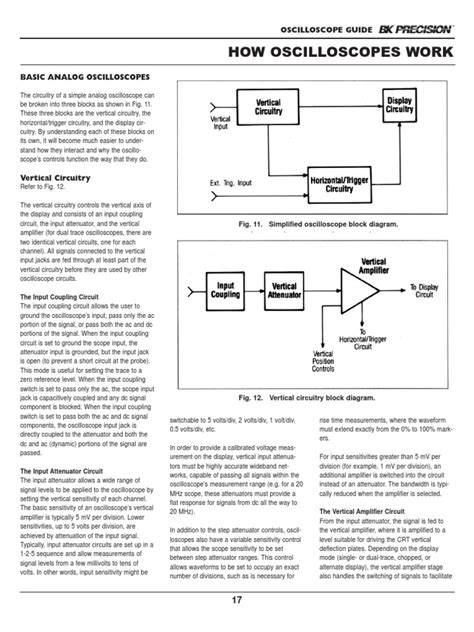 Read more: How to Use an Oscilloscope: The Ultimate Guide
Read more: How to Use an Oscilloscope: The Ultimate GuideUnderstanding the Basics of an Oscilloscope What is an Oscilloscope? An oscilloscope, often referred to as a scope or o-scope, is an electronic test instrument that graphically displays varying signal voltages as a two-dimensional plot of one or more signals as a function of time. It measures the change of […]
-
PCB Hole Size-How To Drill It-Quickly Review
Posted by
–
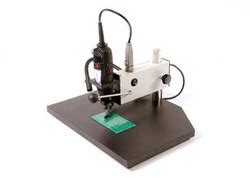 Read more: PCB Hole Size-How To Drill It-Quickly Review
Read more: PCB Hole Size-How To Drill It-Quickly ReviewIntroduction to PCB Drilling Printed Circuit Board (PCB) drilling is a crucial step in the manufacturing process of PCBs. It involves creating holes of various sizes and depths in the PCB substrate to accommodate components, vias, and mounting points. The accuracy and precision of these holes are essential for the […]
